Despite the nation’s ongoing economic recovery, millions of low- and moderate-income Americans are, like the Greek mythological character Sisyphus, perpetually forced to push an outsized boulder up a steep hill with little prospect of reaching stable financial ground. The 2016 Assets & Opportunity Scorecard shows how today’s economic status quo offers little hope to these struggling families.
The main findings report from the 2016 Scorecard, The Steep Climb to Economic Opportunity for Vulnerable Families, is available to view or download below.
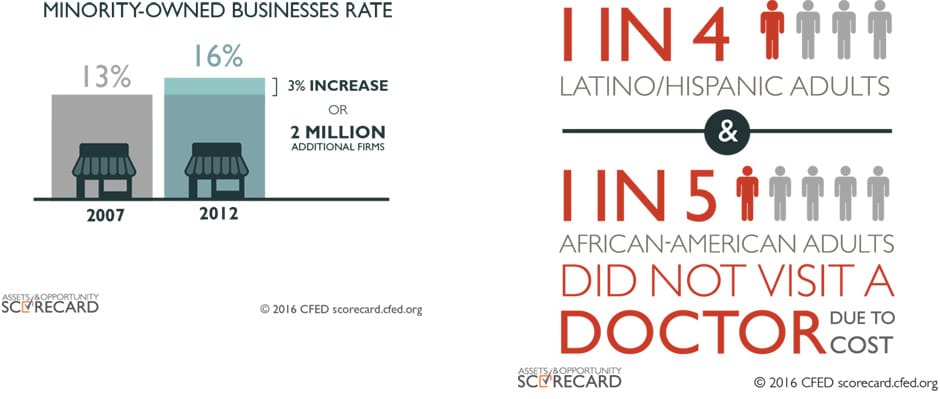
Millions of Americans Stuck in Perpetual Financial Insecurity
CFED’s 2016 Assets & Opportunity Scorecard concludes that today’s economic status quo offers little hope to these struggling families. Without sufficient income to cover basic needs such as housing, it becomes next to impossible to build up even a small amount of savings for unforeseen expenses or to plan for a more prosperous future.
The outlook is particularly dire for individuals and families of color, who are 2.1 times more likely to live below the federal poverty level and 1.7 times more likely to lack liquid savings. African-American and Latino consumers also are significantly more likely to have subprime credit scores.
Even people of color who started their own business to survive during the recession are falling behind. While the latest data show that the average value of minority-owned businesses increased by nearly $22,000 (10.8%) since 2007, the average white-owned businesses saw their value rise by more than $121,000 (22.6%) during that same period. The average white-owned business now is worth $656,364, compared to just $224,530 for a minority-owned business.
The Scorecard presents a huge compendium of financial data that paints a clear picture of interconnected frustration. For instance, taking just the example of housing, more than half (51.8%) of all renters are “cost-burdened,” meaning they spend more than one-third of their income on housing. That housing expense reduces income to pay for food, doctors and child care, leaving bills that can’t be paid on time and forcing consumers to take on high-cost, short-term loans.
Among the Scorecard’s other key findings:
- Homeownership rates remain at historic lows, falling to 63.1% for the eighth consecutive year of decline and contributing to crowding and rising costs in the rental market.
- Fully 14.3% of adults say there was a time in the past year that they needed to see a doctor but could not because of cost. The statistics are worse for individuals of color with one in four Latino adults and one in five African-American adults saying money concerns prevented them from seeing a doctor.
- Although both high school graduation rates (82.3%) and four-year college degree attainment (30.1%) increased from 2013 to 2014, racial disparities remain severe. Less than 20% of African-American adults and fewer than 15% of Latino adults hold four-year degrees.
- While the national unemployment rate has dropped to 5%, the underemployment rate is twice as high, at 10.8%. What’s more, one-in-four jobs is in a low-wage occupation.
- Building up even a small amount of savings is a challenge for almost half the country. Some 44% of households are “liquid asset poor,” meaning they have less than three months of savings to live at the poverty level if they suffer an income loss.
- Business ownership among both men and women (21.4% and 17.1% of the labor force, respectively) declined from 2007 to 2012, even as average business value for both groups increased. Yet female-owned businesses still are worth only a third the value of the average male-owned business—$239,486 to $726,141, respectively.
For the complete story, download the 2016 Assets & Opportunity Scorecard today.

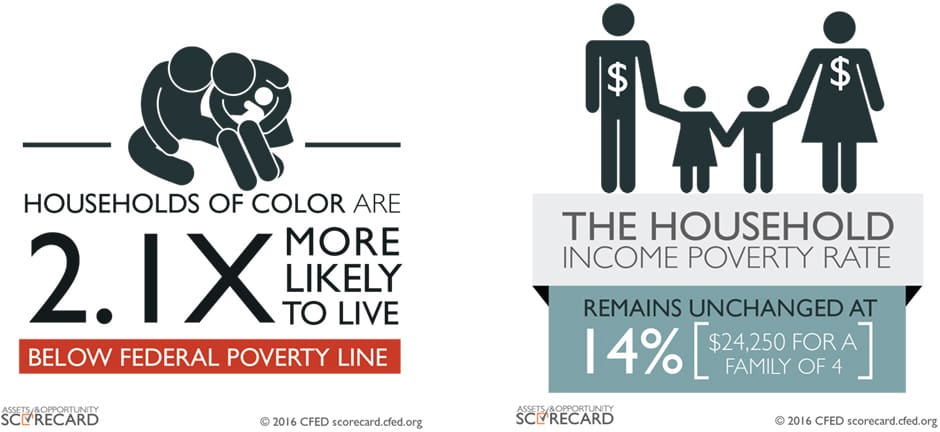
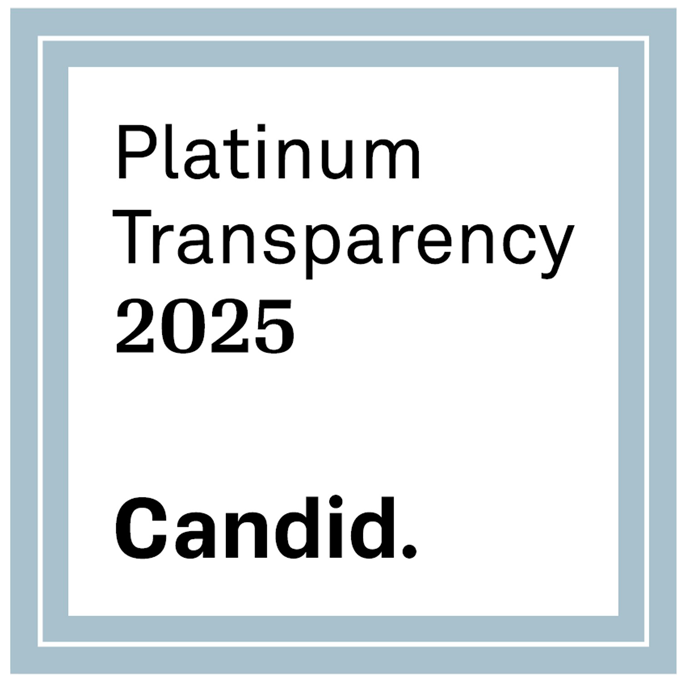
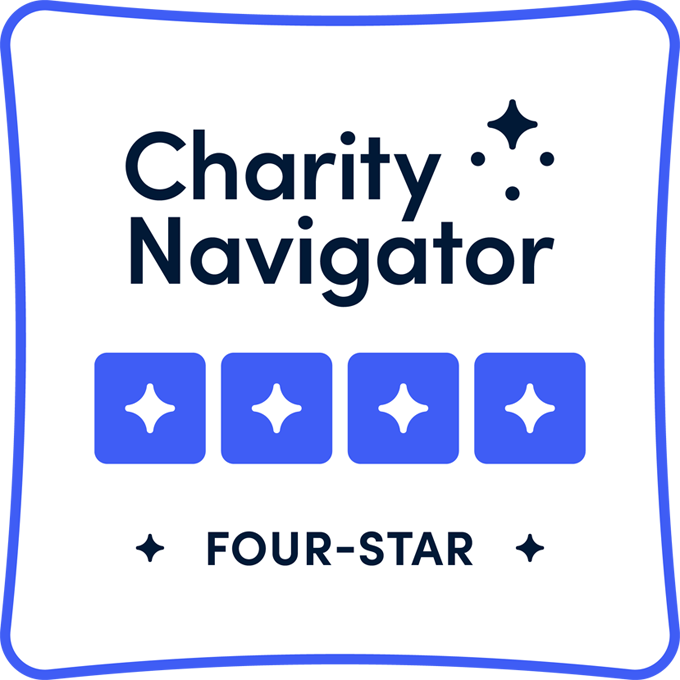
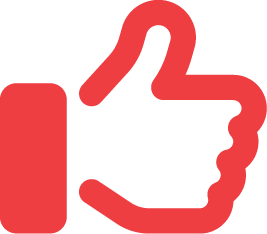
Follow Us